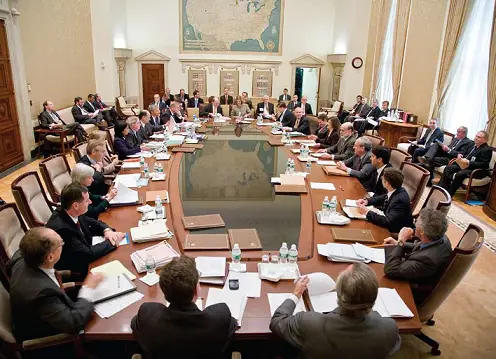On Wednesday, the Federal Reserve increased short-term interest rates by 25 basis points, which brought the benchmark rate into a range of 4.50% to 4.75%, the highest it has been since October of 2007.
In a statement following the Fed’s policy meeting, the regulator acknowledged that inflation has slowed, and said it would continue to assess the impact its interest rate hikes have had on consumer prices as it formulates policy going forward.
The 25 basis point hike continued a slowdown in the pace of the central bank’s interest rate hikes, after the previous increase of 50 basis points, and four consecutive 75 basis point hikes at each of the previous four meetings before that, from June through November. It was the fastest the Federal Reserve had raised rates since the 1980’s.
In their Wednesday statement, the Fed acknowledged “inflation has eased somewhat but remains elevated.” Although the Fed no longer said the war in Ukraine was contributing upward pressure on US prices, it noted the conflict was contributing to global uncertainty in markets.
In his post-meeting press conference, Fed Chair Jerome Powell sounded an optimistic note, saying, “We can now say for the first time that the disinflationary process has started.”
Stocks rose on the news Wednesday.
In its policy statement, the Fed indicated “ongoing increases” in interest rates would likely be necessary to create a “sufficiently restrictive” policy which could counter the financial easing which was being produced by the rises in stock prices and the moderation of rates being seen in Treasuries and other bonds.
The Fed noted it will now focus on the “extent” of future rate hikes, instead of the pace, as it considers the lags in monetary policy and the ongoing effects on inflation, economic conditions, and the financial markets.
The decision on the 25 basis point hike was unanimous with all 12 members of the Federal Open Market Committee voting in favor of the increase.
Following it touching a 40 year high in the spring of 2022, inflation has been easing over the past three months, although it is still well above the Fed’s 2% target rate.
The personal consumption expenditures index excluding food and energy, the Fed’s preferred method of measuring inflation, was up 4.4% in December, a decline from the 4.7% reading in November, and the slowest annual rate of increase going back to October of 2021.
The consumer price index, excluding food and energy, crept up 0.3% in December, following a rise of 0.2% in November. Core CPI was up 5.7% year over year, down from the 6% seen in November.
The Fed reiterated its commitment to the longer-term goals and monetary policy strategy of seeking stable prices, maximum employment, and moderated long-term interest rates.


